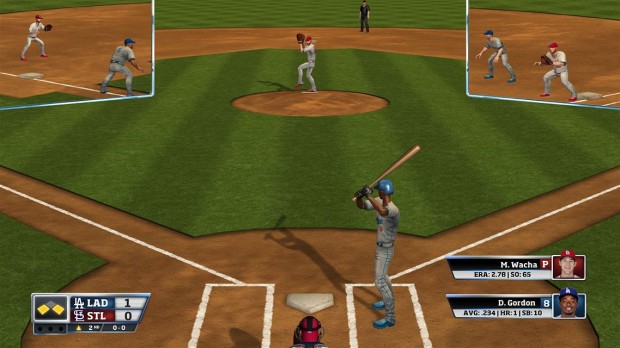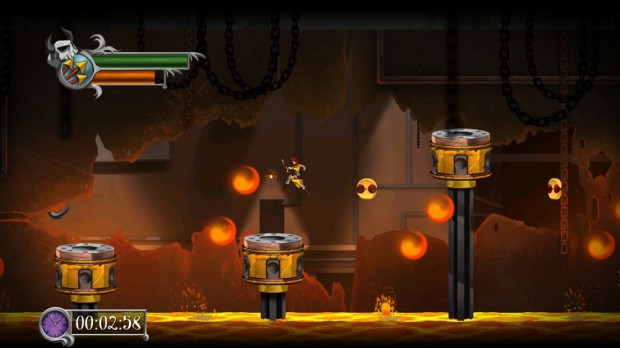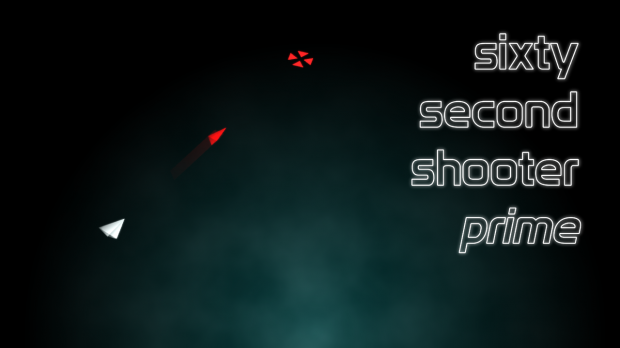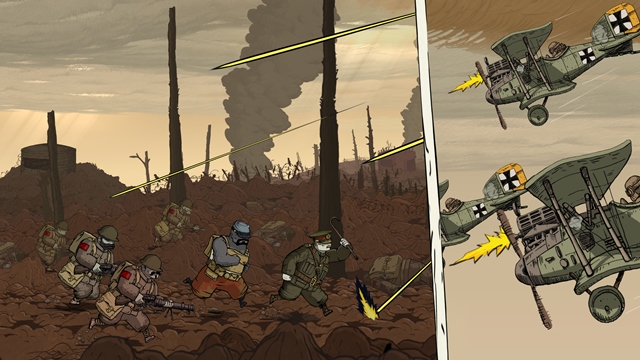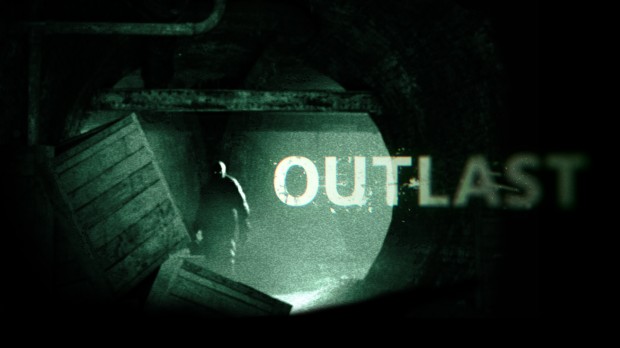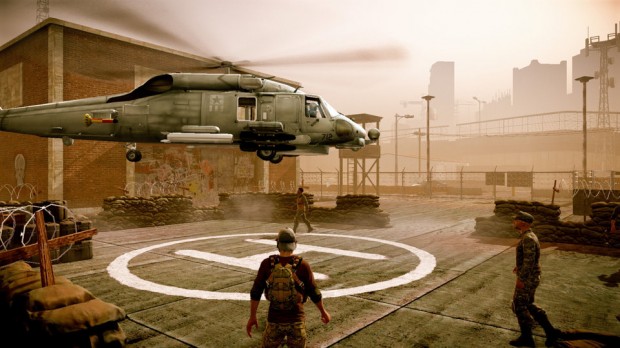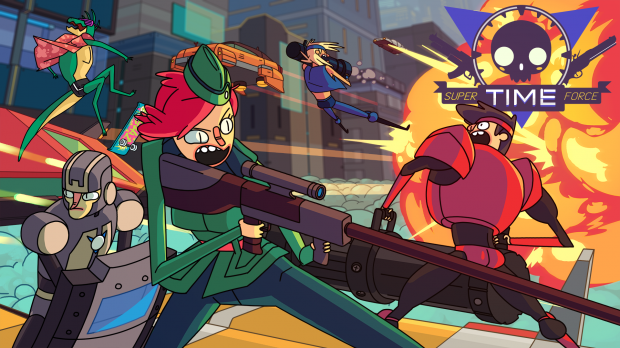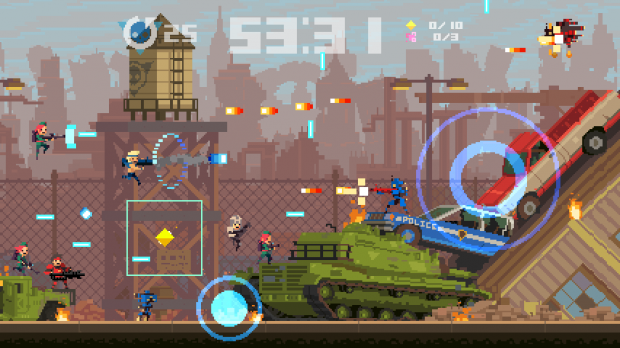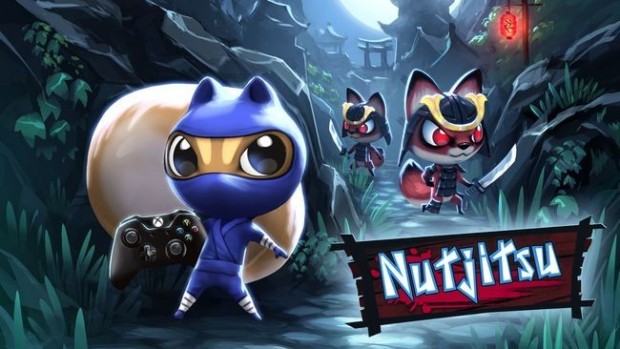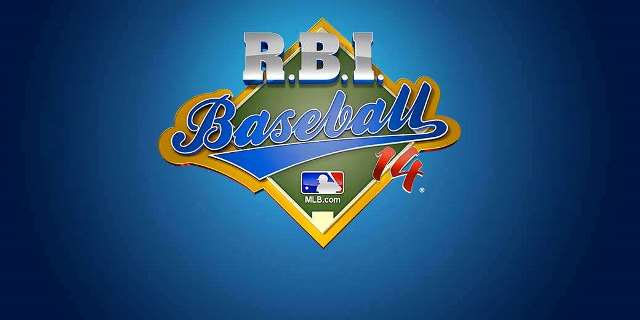 11 years ago
11 years ago
R.B.I. Baseball review (Xbox One)
R.B.I. Baseball 14 was developed by Behaviour Interactive and published by MLB.com. It was released on April 9, 2014 on Xbox 360 and June 24, 2014 on Xbox One for $19.99. An Xbox One copy was provided for review purposes.
Baseball, America’s pastime, has long been a revered genre of video games, with some real gems appearing over the years for both simulation and arcade fans alike. The original NES R.B.I. Baseball and its successors remain well-liked, and this revival of the series by MLB.com looks to reignite this passion and to give all gamers — especially those console gamers without any baseball game choices at all — the opportunity to take their favorite team all the way to becoming World Series champions. R.B.I. Baseball 14 sets out knowing it must strike a balance between the classic controls, gameplay and nuance of the original, while also being a fun, accessible game for those baseball fans new to the series.
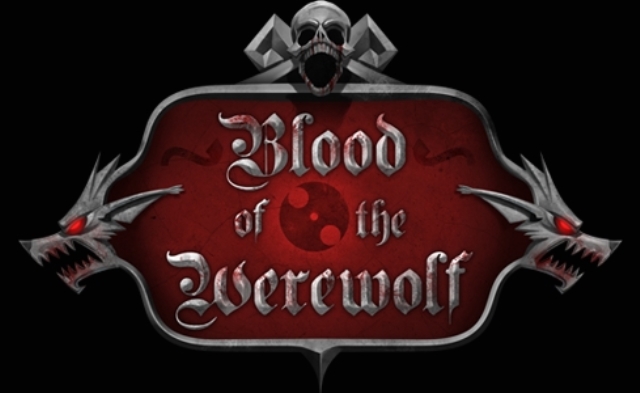 11 years ago
11 years ago
Blood of the Werewolf review (XBLA)
Blood of the Werewolf was developed by Scientifically Proven and published by Midnight City. It was released on June 11, 2014 on Xbox 360 for $6.99. A copy was provided for review purposes.
In Blood of the Werewolf, players take on the role of Selena, werewolf mother out for revenge. The game is made up of various combinations of two types of gameplay — indoors, Selena is a crossbow-wielding vampire hunter, and at night, she transforms into a vicious werewolf. The game attempts to recapture the best of classic games like Capcom’s Ghouls ‘n Ghosts by focusing on difficult sidescrolling gameplay. Unfortunately, it is an attempt only, thanks to extreme repetition of the worst elements of those games without success at carrying over much of the charm of the classics. A lack of enemy variety and a failure to integrate many of the game’s abilities into the core gameplay hampers what might have been an enjoyable experience.
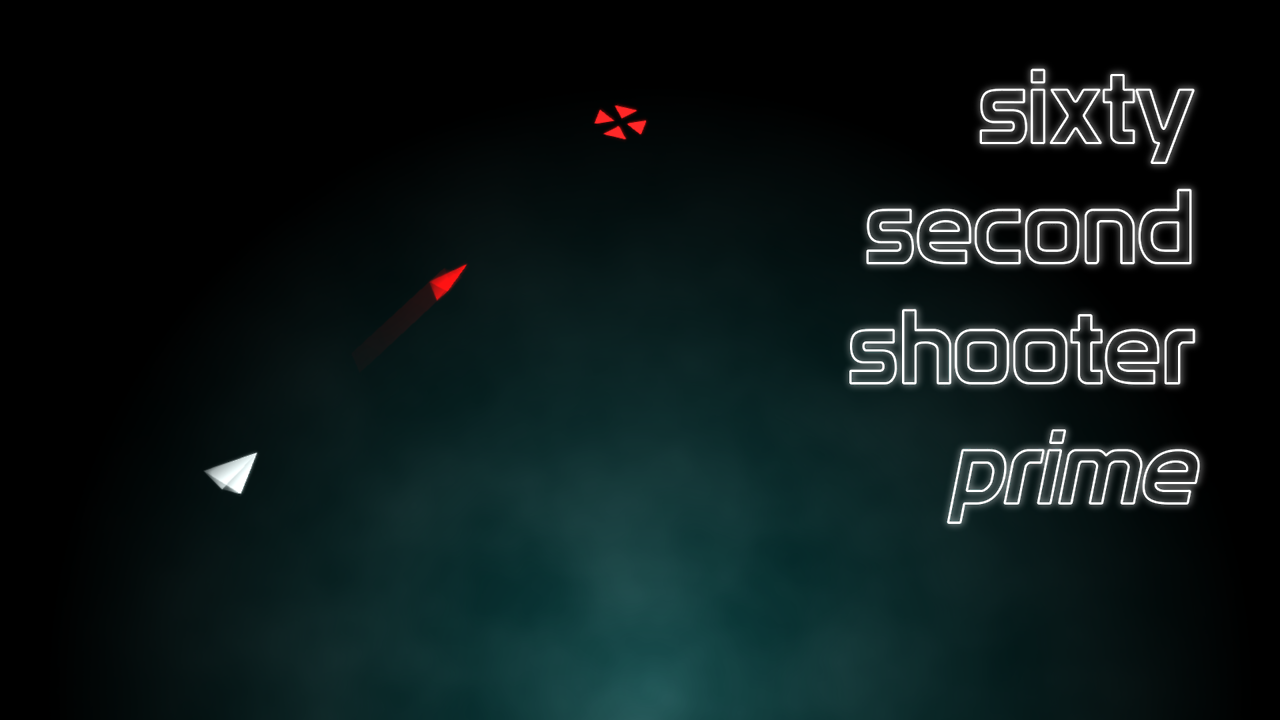 11 years ago
11 years ago
Sixty Second Shooter Prime review (Xbox One)
Sixty Second Shooter Prime is developed and published by Happion Laboratories. It was released June 18, 2014 on Xbox One for $4.99. An Xbox One copy was provided for review purposes.
ID@Xbox is shaping up to be an excellent and very welcome platform for independent developers to bring their beloved games to the Xbox One platform. With the program, we’ll see exciting creative directions and artistic expressions. But then there comes along a game such as Sixty Second Shooter Prime that brings out the worst plague of the mobile market today: cloning.
Sixty Second Shooter Prime is a twin-stick shooter that tasks the player with traversing a two-dimensional plane, blasting away hordes of geometric enemies, each with different patterns and tactics the player must evade. The catch? The player has only 60 seconds and one life. Rack up as many points as you can while collecting powerups and multipliers and try to topple your friends’ high scores. Sound familiar?
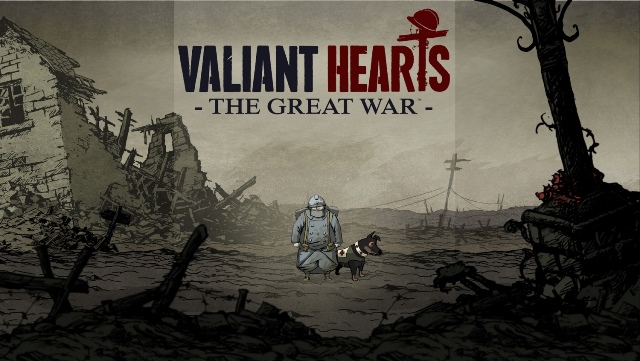 11 years ago
11 years ago
Valiant Hearts: The Great War review (Xbox One)
Valiant Hearts: The Great War was developed by Ubisoft Montpellier and published by Ubisoft. It was released on June 25, 2014 on Xbox 360 and Xbox One for $14.99. An Xbox One copy was provided for review purposes.
All Quiet on the Western Front aside, popular media has largely ignored World War I over the years. It’s that other world war that happened before World War II and didn’t get a Steven Spielberg movie inspiring the video game industry to make oodles of games about it. With 2014 being the 100-year anniversary of the war’s start, Ubisoft Montpellier thought it was the perfect time to step in and make a game about the brutality of trench warfare. Well, that’s half-true, at least. Valiant Hearts: The Great War is as much about this incredibly violent and semi-forgotten war as it is about those who fought it and what it took from them.
First-hand stories like those taken from Audio Director Yoan Fanise’s great-grandfather’s letters from the front helped the team add an air of authenticity to Valiant Hearts‘ campaign, which follows the war-time experiences of five characters of differing nationalities. The puzzle-adventure game’s comic book art style can feel incongruous during the game’s more somber moments, and some of the sillier game-y elements further highlight the disparity between the austere story and its lighthearted presentation. Somehow, though, Ubisoft fuses it all together into an experience that will make you feel the horrible pains of those consumed by this “great” war, and the friendships that somehow develop through it.
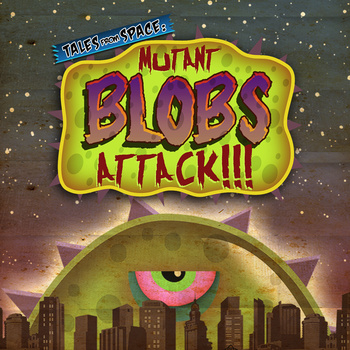 11 years ago
11 years ago
Tales from Space: Mutant Blobs Attack review (XBLA)
Tales from Space: Mutant Blobs Attack was developed by Drinkbox Studios and published by Midnight City. It was released on June 18, 2014 on Xbox Live Arcade for $7.99. A copy was provided for review purposes.
Guacamelee! may have been their claim to fame, but Drinkbox Studios has been making games long before their luchador adventure. Their previous game, Tales from Space: Mutant Blobs Attack, began its life as a critically-acclaimed PlayStation Vita launch title in 2012. Two years later, and the handheld game has finally made its way to consoles. XBLA players may be a bit late to the mutant blob party, but better late than never. This is a fantastic port of a fantastic game.
Mutant Blobs Attack stars a particularly grumpy mutant blob, who has been the subject of science experiments until it gets the opportunity to break free. Now it’s out to take on the world, saving fellow blobs and consuming everything in sight. This sidescrolling puzzle-platformer is extremely well-executed, mixing a fun-to-control protagonist with impeccable level design. It may seem simple and silly on the surface, but that’s all part of the charm.
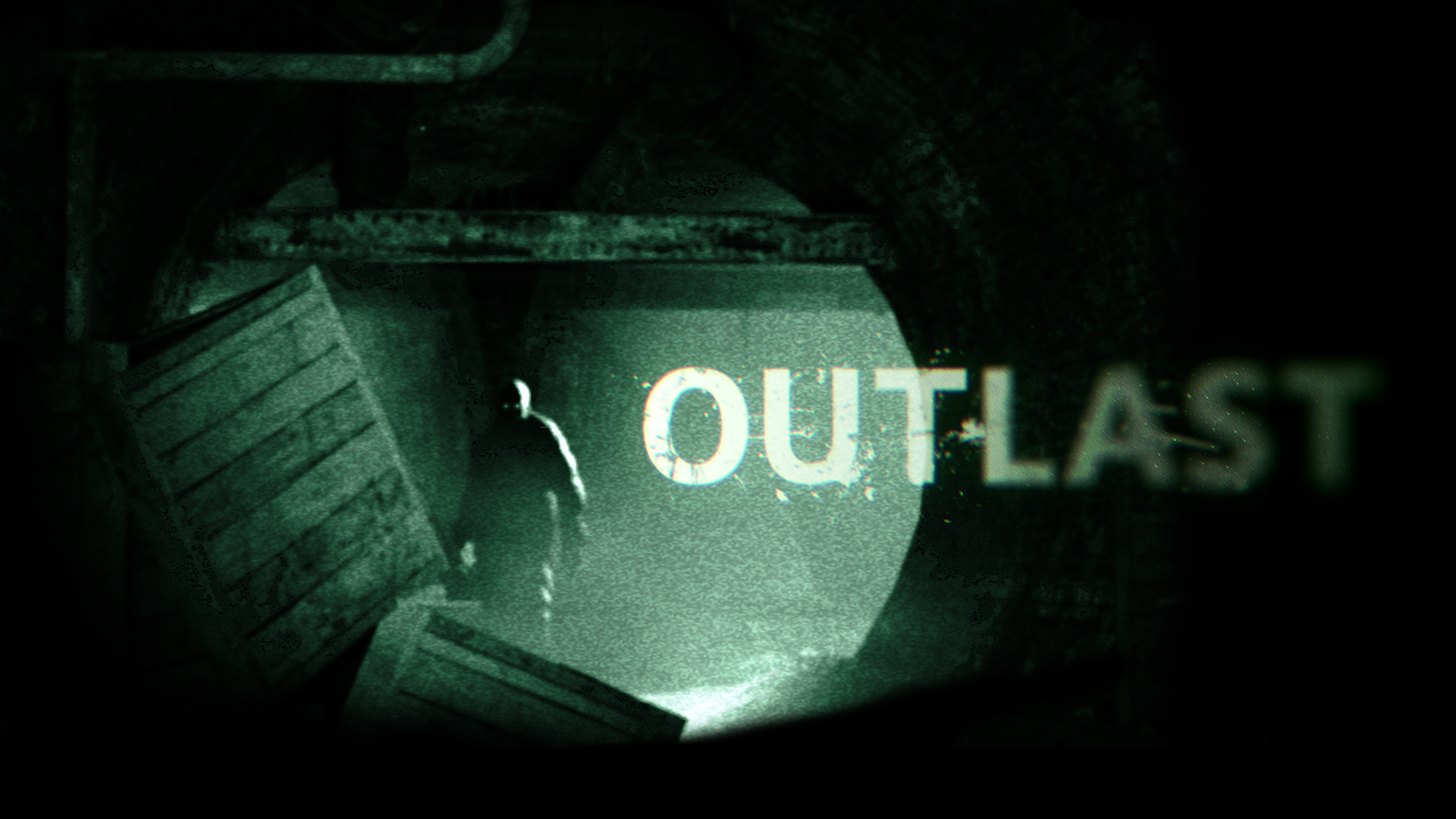 11 years ago
11 years ago
Outlast and The Whistleblower DLC review (Xbox One)
Outlast was developed and published by Red Barrels. It was released June 18, 2014 on Xbox One for $19.99/£16.99 and includes The Whistleblower DLC. A copy was provided for review purposes.
Throughout the history of video games, there have always been developers who set out to scare, shock, terrify and otherwise freak out an audience of gamers that is increasingly more resilient to zombies, vampires, blood, gore and all of the usual tactics. Red Barrels is one such developer, and with the excellent Outlast, they have succeeded in creating a game which is not only genuinely frightening, but which also benefits from an interesting story, and a level of engagement which really enhances the overall experience.
Set in the Mount Massive Mental Asylum, Outlast locks the player into a 5 to 6 hour long campaign which maintains a generally high level of intensity, with downtime offered only occasionally (and fleetingly) as main character Miles Upshur desperately navigates his way towards an ever more elusive escape.
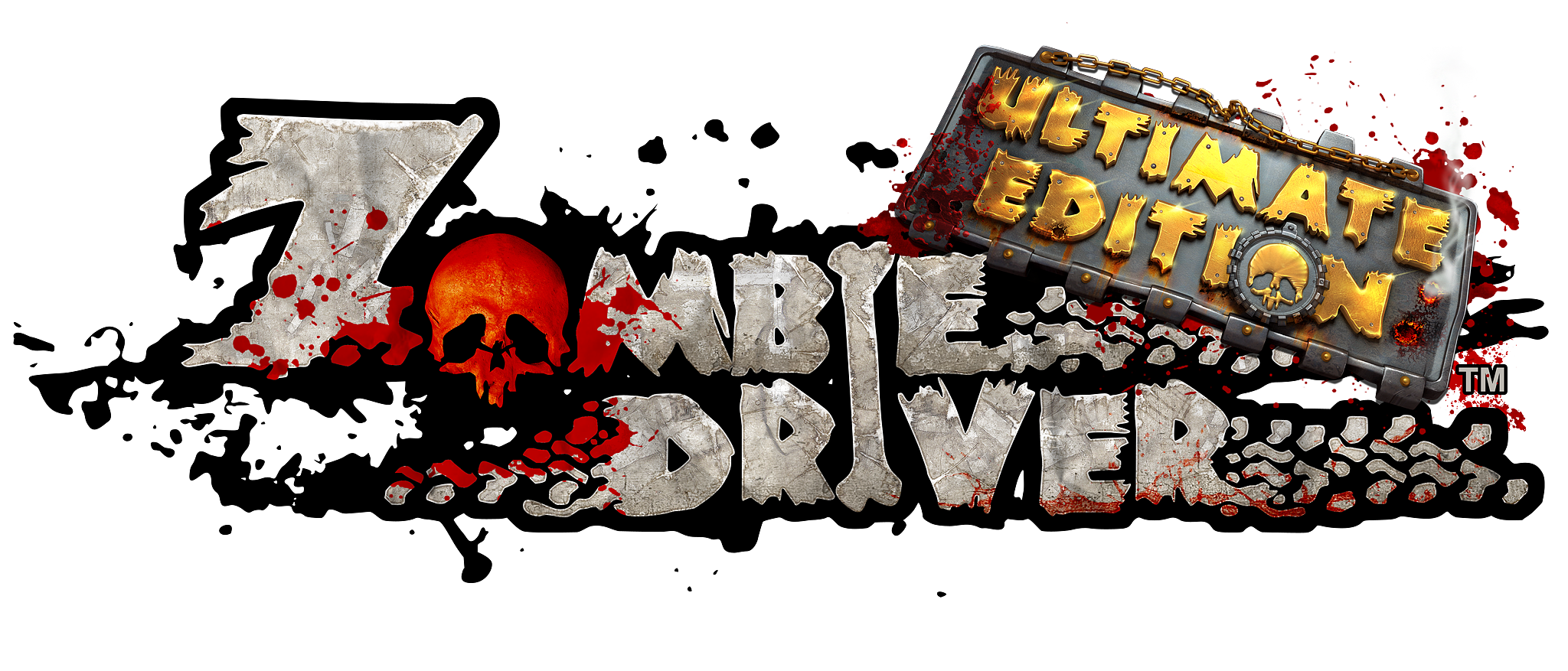 11 years ago
11 years ago
Zombie Driver Ultimate Edition review (Xbox One)
Zombie Driver was developed and published by EXOR Studios. It was released June 24, 2014 on Xbox One for $14.99. A copy was provided for review purposes.
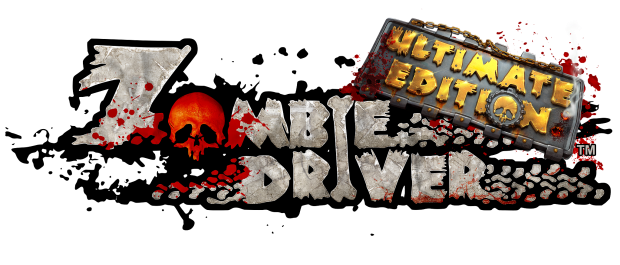
Zombies, zombies and more zombies have taken over the games industry; the idea of a zombie apocalypse seems to be quite infectious. Zombie Driver Ultimate Edition feeds on that infectious love of the flesh-consuming creatures and provides a unique zombie experience. Mowing down hordes of zombies using different vehicles, weapons and driving skills is an amazingly solid concept for a game.
Zombie Driver UE is the third iteration of this particular title. Zombie Driver was released for the PC in 2009 and Zombie Driver HD was later released for Xbox 360. The Ultimate Edition includes all of the DLC that was ever released for the other platforms, contains nearly double the zombies per horde and has updated the graphics with a 1080p 60 frames-per-second overhaul. The Xbox 360 version was taken off the marketplace due to the liquidation of its original publisher, despite selling half a million copies. So how does this latest version fare?
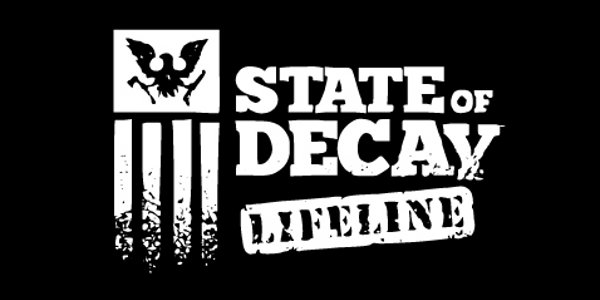 12 years ago
12 years ago
State of Decay: Lifeline Review (XBLA DLC)
State of Decay: Lifeline was developed by Undead Labs and published by Microsoft Studios. It was released May 30, 2014 on Xbox 360 for $6.99. A copy was provided for review purposes.
Over the past two or three years, the popularity of zombies in video games has grown to the point where it is now almost impossible for many gamers to differentiate what makes any given option stand out amongst the ever-growing pack of average also-rans. Thankfully, last year’s State of Decay was certainly one of the better zombie titles and was especially impressive as (initially) a fairly modest XBLA exclusive. Undead Labs followed up its initial success with the Breakdown DLC, which, although still very good, left most fans of the series wanting more – in particular a new and expanded location. And that, in a protracted kind of way, is exactly what the Lifeline DLC is all about.
This time, the action takes place in the fictional city of Danforth and centers around a military squad known as Greyhound One, with players exploring a storyline dealing with the activities of the soldiers during the initial days of the outbreak. The structure is similar to the base game, but the fairly large home base is fixed, the missions generally feature a tighter timeline and players will need to contend with periodic zombie sieges that present a stiffer threat to NPCs (and overall success) than anything seen in previous outings. Perhaps unsurprisingly, the military setting adds a tremendous amount of firepower to the player’s arsenal, including more weapons and ammo; plus a raft of new traps, supply drops and assistance resources. Lifeline also features a number of new tweaks — like the ability to place rucksacks in trucks, effectively enabling more comprehensive supply runs — that occasionally have a material impact on the game.
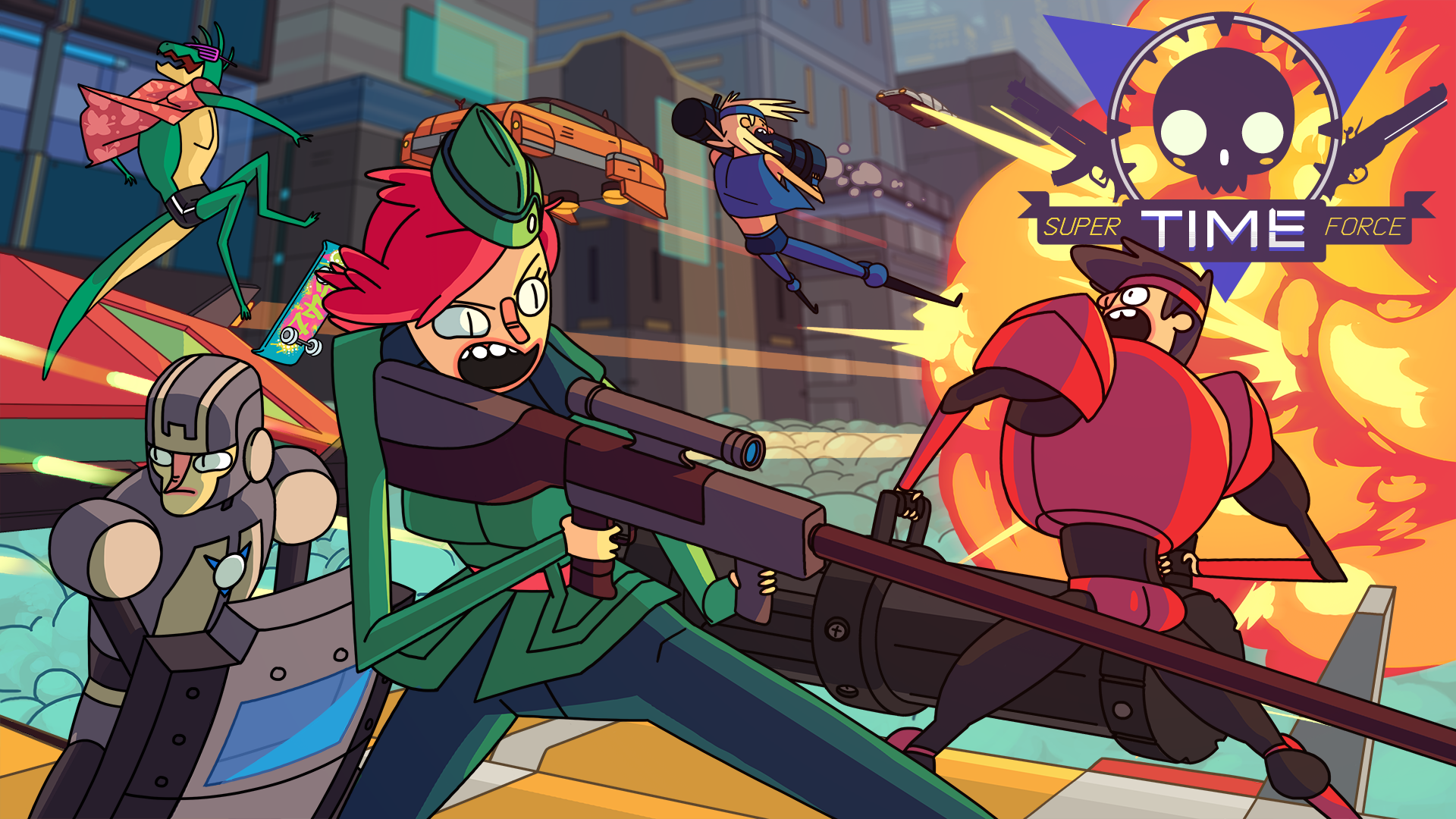 12 years ago
12 years ago
Super Time Force review (Xbox One)
Super Time Force was developed and published by Capybara Games. It was released May 14, 2014 on Xbox One and Xbox 360 for $14.99/£11.99. An Xbox One copy was provided for review purposes.
Super Time Force (STF) is a game that wears its 8-bit inspired graphics with nothing but the utmost pride. At its simplest, this is a Contra-style shooter with one hell of a modern twist to keep things interesting. As you might expect from this kind of game, the action predominantly takes place from left to right as players battle their way towards the inevitable massive boss encounter — the twist, however, is that there is absolutely no chance of (or incentive to) finish levels with just one life. That’s right folks, the clue is in the name: in STF, players are actively encouraged to roll back time, pick another character and repeat stages over and over again.
Of course, you might ask, why bother? Well, Super Time Force doesn’t just allow players to retry sections of a level after failure; it actually encourages rewinding (“Timeout”), changing characters and replaying sections to maximise collectables and because of a mechanic that Capy calls “single-player co-op.” This idea basically works by having the ghost of each previous attempt fight alongside the current character to deal damage, collect stuff and protect the live player with abilities like blocking. When a previously killed ghost survives as the result of a later playthrough, that ghost then becomes a power-up for the current player as a little thank you. Make sense? Don’t worry if it doesn’t, you’ll get the hang of things and the system will become second nature within no time at all.
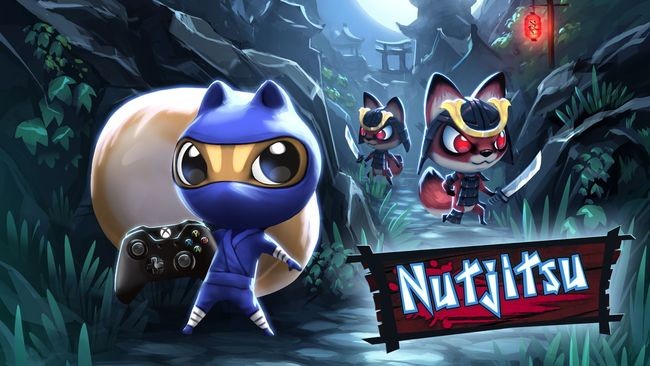 12 years ago
12 years ago
Nutjitsu review (Xbox One)
Nutjitsu was developed and published by Ninjabee. It was released May 8, 2014 on Xbox One for $6.49. An Xbox One copy was provided for review purposes.
Nutjitsu is, quite simply, a mobile game. It has all the makings of a great iOS or Droid game: its top-down repetitiveness is perfect for wasting time in a doctor’s waiting room or in line for a cup of coffee. Nutjitsu is simple and fun for five minutes at a time, but this version XBLA Fans reviewed is not for mobile devices; it’s for Xbox One, which is the game’s ultimate downfall.
Nutjitsu is clearly inspired by Pac-Man. The player, assuming the role of an adorable ninja squirrel, must collect acorns of different colors that denote different point values all while avoiding equally adorable ninja foxes. The game is divided into two modes. Mission Mode requires the player to complete random objectives on a randomly selected map, such as collecting a certain amount of scrolls or collecting acorns of a certain color. Survival Mode simply asks the player to survive as long as possible without being attacked by the foxes and while racking up a high score. Various power-ups are thrown into the game, like speed boosts and freeze blasts, to spice thing up and give you the upper hand. The game doesn’t boast much more than that, leading to a lackluster experience.

